Fins, masks and snorkels Monofins
()Sort by
-

Finis Foil Monofin
58.49 €
-

So Dive Hydra Monofin
66 €
-

Finis Mermaid Dream Monofin
33.99 €
-
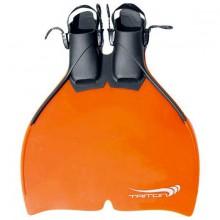
So Dive Triton Monofin
63 €
-
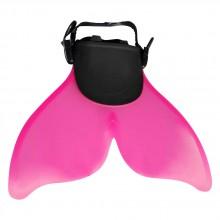
So Dive Flipp Monofin
22.99 €
-
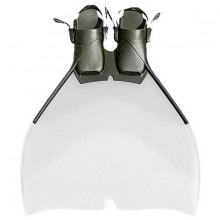
So Dive Minos Monofin
75.99 €
-

So Dive Triton Monofin
63 €
-
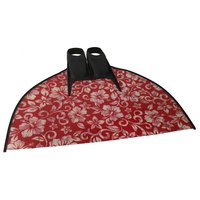
Go N Sea Tahiti Monofin Soft
240.99 €
-
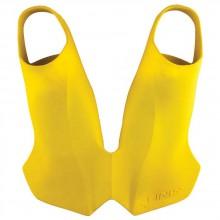
Finis Evo Monofin
53.49 €
-

So Dive Maori Monofin
77.99 €
-
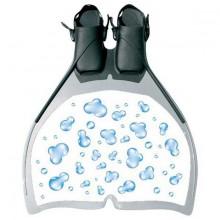
So Dive Plouf Monofin
62.99 €
-

So Dive Minos Monofin
77.49 €
-

So Dive Triton Monofin
63 €
-
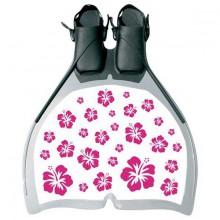
So Dive Hibiscus Monofin
74.49 €
-

So Dive Triton Monofin
67.99 €
-

So Dive Hydra Monofin
74.99 €
-

So Dive Triton Monofin
63 €
-

So Dive Flipp Monofin
24.99 €
How to choose monofins for scuba diving?
The snorkeling monofins are the special gear used for professional level snorkeling. With it, snorkels experience a comprehensive margin of motion, floating effortlessly under the surface of the water. This is the actual essence of snorkels. You can buy snorkeling monofins from Mares, So Dive, Go N Sea, and Finis.Tips for choosing monofins for scuba diving
The blade of a monofin should be elastic and lean sufficiently to support the lower exertion while kicking. Check the elasticity of the area where the blade connects to the footpockets and also at the end of the blade. The area where the blade and dive footpockets link should have some curve, and the end should have largely additional. If the blade is too rigid where the foot pocket links, it will be more challenging to create a kick, so holding some elasticity there will ease your struggle; a smooth end permits a nearly effortless beginning of a kick.
Choosing a monofin for scuba diving requires careful consideration to ensure compatibility, comfort, and performance. Here are some tips to guide you in selecting a monofin:
Purpose: Determine the purpose of your monofin. Are you using it for recreational scuba diving, freediving, or underwater photography? Different monofins have varying designs and features tailored to specific activities, so identifying your intended use will help narrow down your options.
Size and Fit: Proper sizing and fit are crucial for comfort and performance. Consider the length and width of the monofin blade, as well as the foot pocket size. The blade should be long enough to generate sufficient propulsion but not too long that it becomes difficult to maneuver. The foot pocket should fit snugly without causing discomfort or restricting movement.
Blade Material: Monofin blades are commonly made from fiberglass, carbon fiber, or plastic. Fiberglass and carbon fiber blades are stiffer and provide more efficient propulsion, but they may require more strength and technique to use effectively. Plastic blades are more flexible and forgiving, making them suitable for beginners or less experienced divers.
Flexibility and Stiffness: Consider the stiffness and flexibility of the monofin blade. Stiffer blades offer more power and efficiency but require stronger leg muscles and proper technique. Softer, more flexible blades are easier to use and provide a more forgiving experience. The choice depends on your strength and skill level.
Comfort and Foot Pocket Design: Pay attention to the design and comfort of the foot pocket. Look for a monofin with a foot pocket that fits your foot shape comfortably, offers good support, and minimizes chafing or pressure points. Some monofins come with adjustable foot pockets or interchangeable sizes for a better fit.
Weight and Buoyancy: Consider the weight and buoyancy characteristics of the monofin. Some monofins are designed to be positively buoyant, which can be beneficial for ease of use and reducing leg fatigue. However, others may be neutrally buoyant or negatively buoyant, which may impact your overall buoyancy control while diving.
Remember, selecting the right monofin can enhance your underwater propulsion and overall diving experience. Take the time to evaluate your needs, try different options, and prioritize comfort, fit, and performance.

























